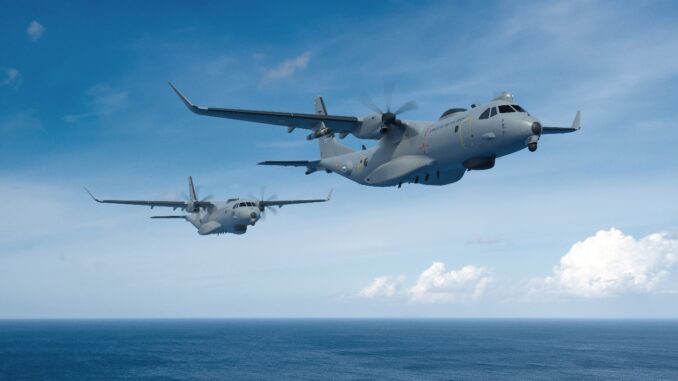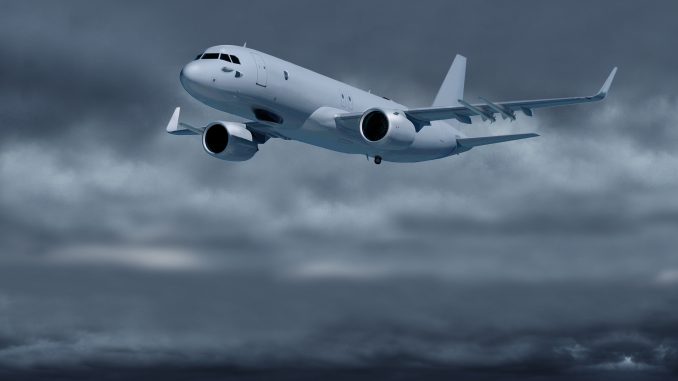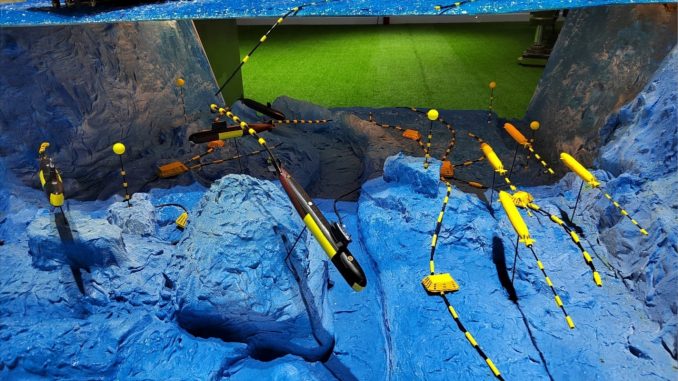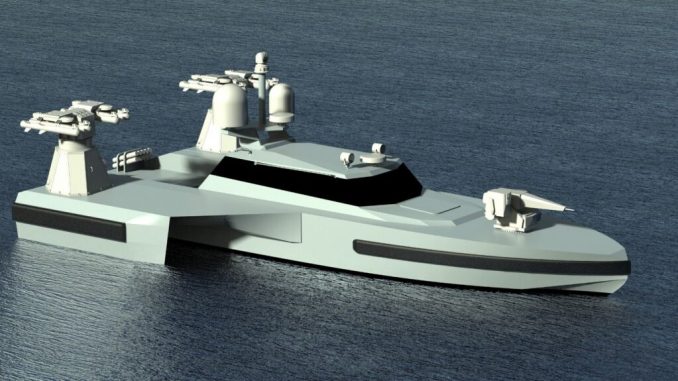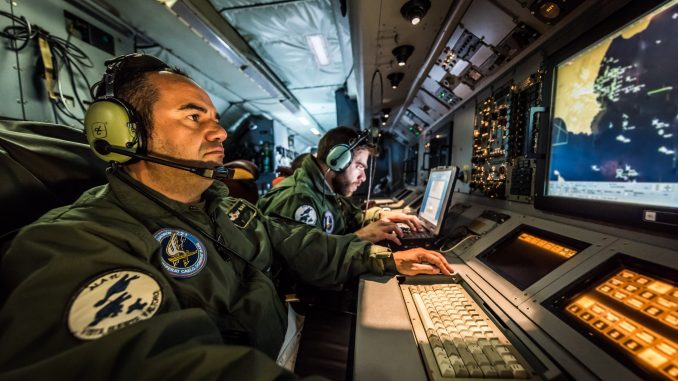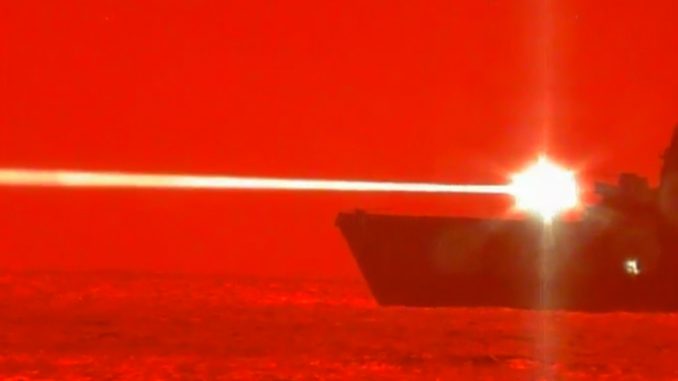
The laser on the battlefield
The history of the use of lasers on the battlefield is full of disappointments and hopes that were never fully fulfilled. However, this technology has continued to develop until it has become an indispensable element for the operation of multiple systems. Beyond indirect uses, its use as a weapon has also benefited, in recent years, from notable advances, which brings the real use of lasers on the battlefield closer and closer to what science fiction and imagination of promising writers and screenwriters. Throughout this extensive article we explain not only the principles behind its operation, but also the different applications, evolution, state of the art and future possibilities of laser technology both as a key element of sensors or communications systems. , as in the form of a weapon. (Continues…) Dear reader, this article [Keep reading…]


